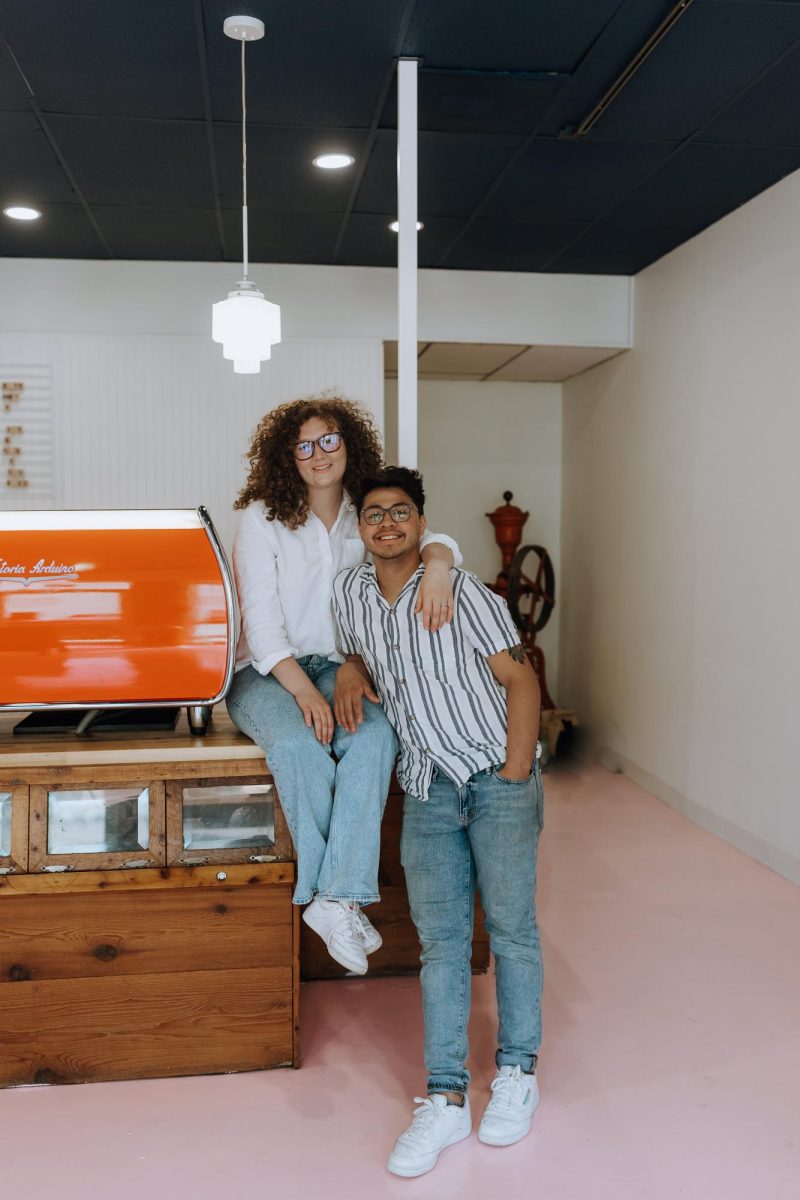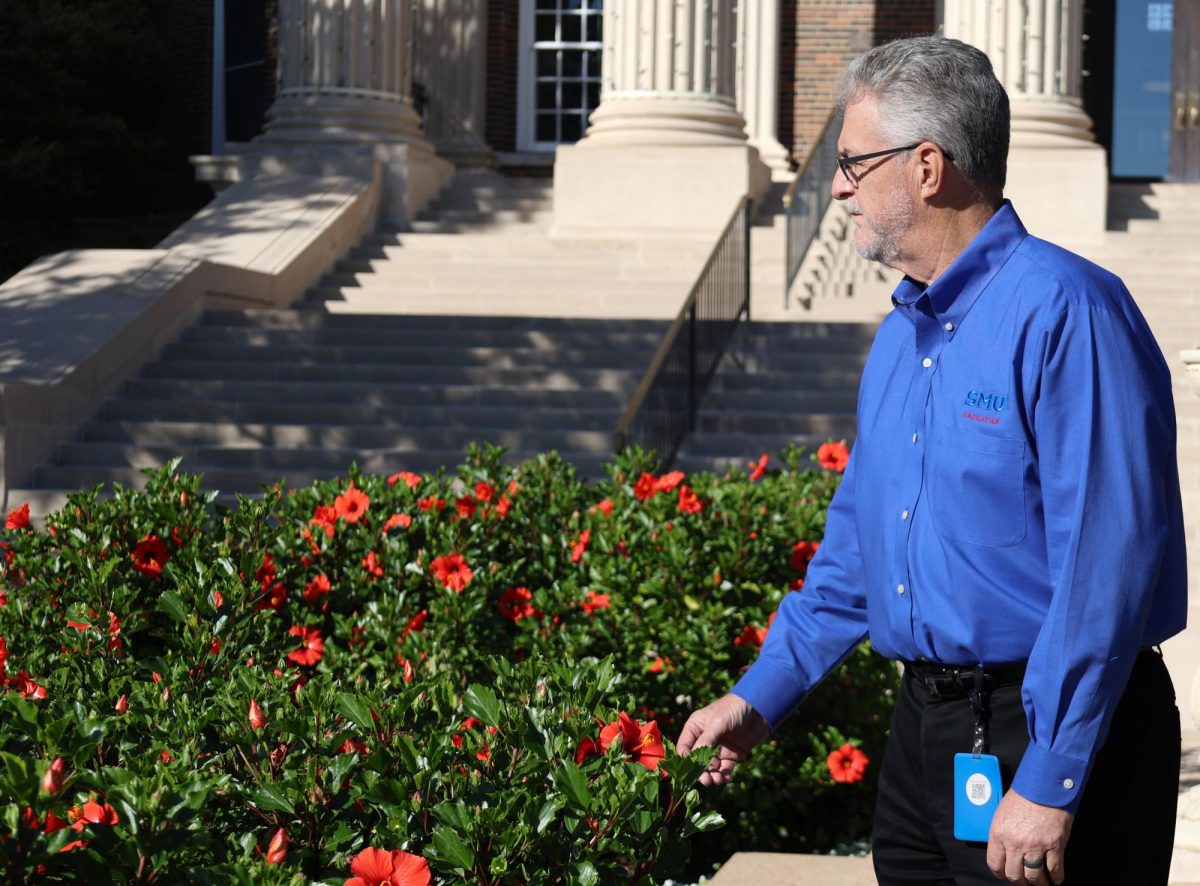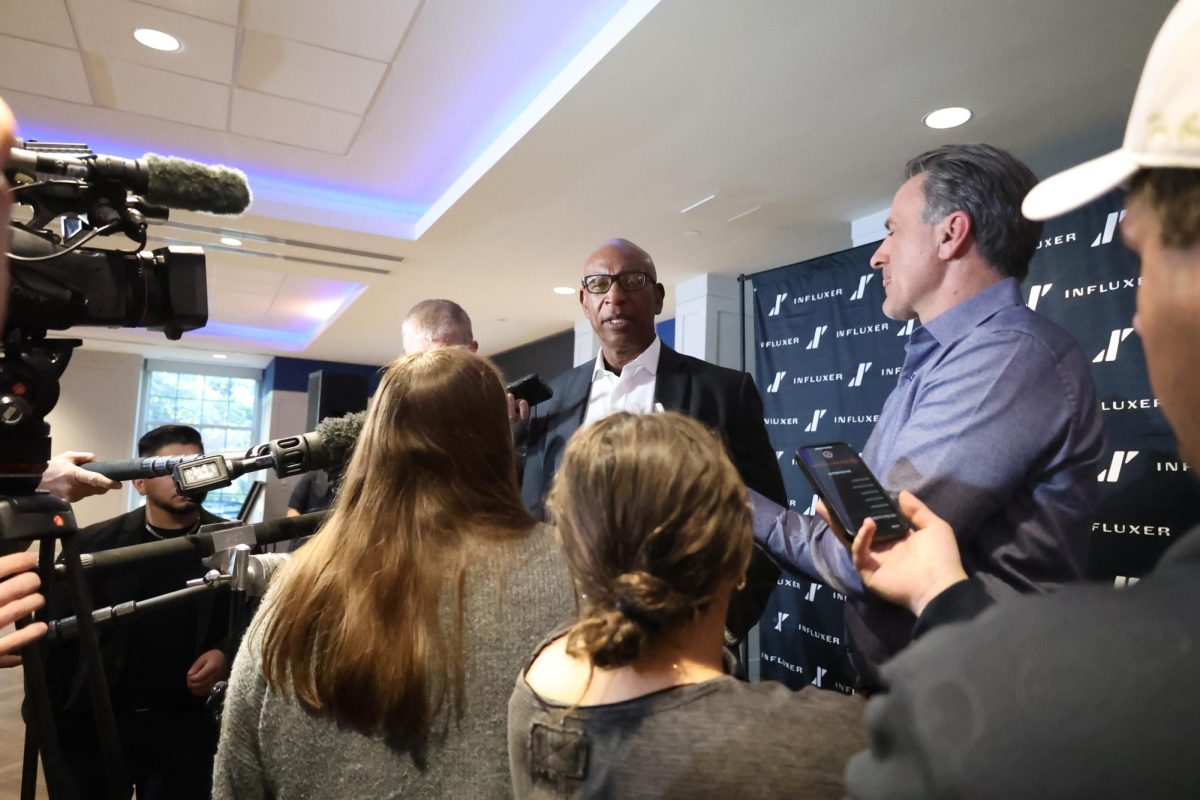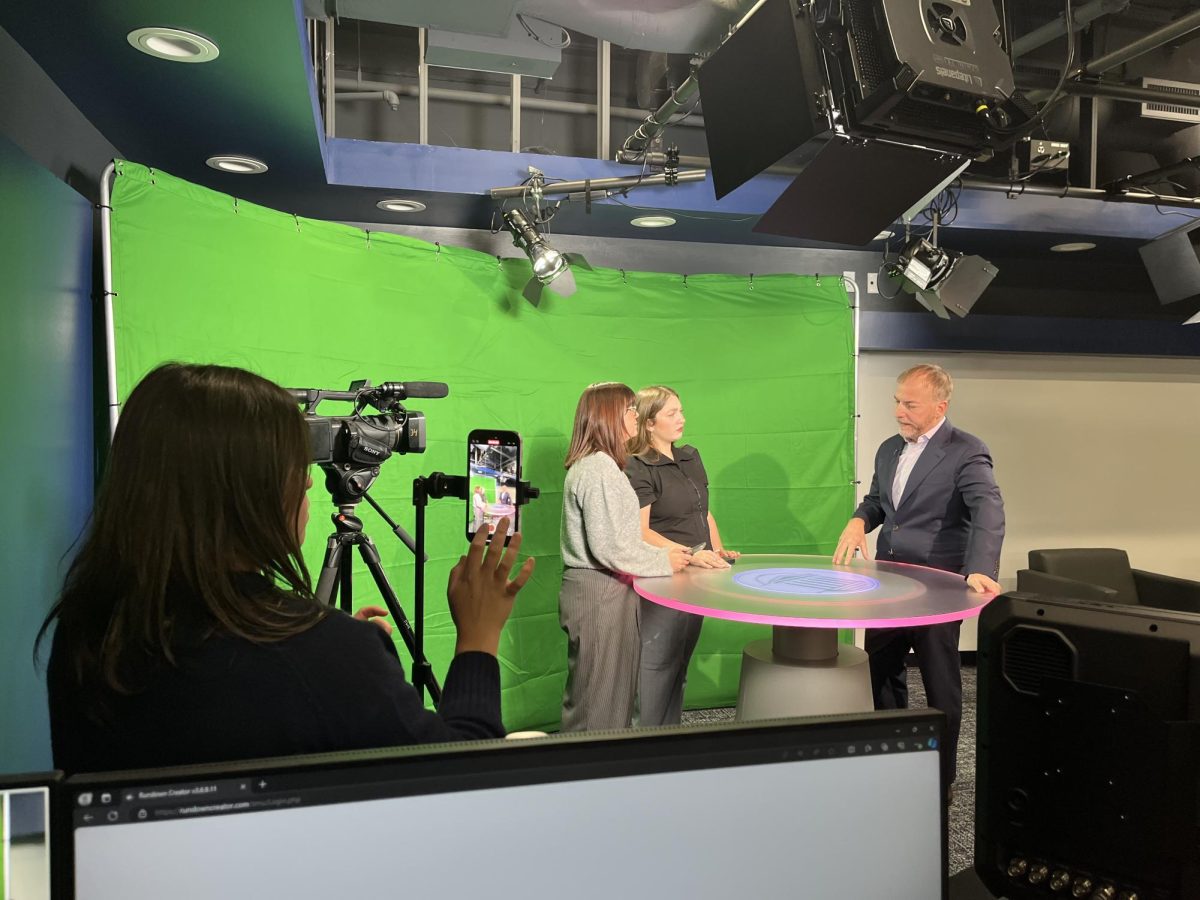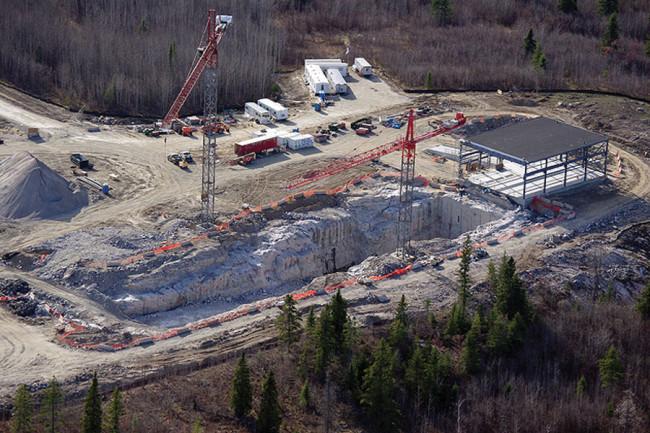
Thomas Coan, an associate professor in the SMU Department of Physics, is working with over 200 scientists from around the world to study one of the universe’s most elusive particles — the neutrino.
Neutrinos are one of the most abundant particles in the universe, but are hard to detect because they rarely interact with other particles. The NuMI Off-Axis electron neutrino Appearance, or NOvA, experiment may explain the makeup of the universe.
“Neutrinos play a key role in explaining why anti-matter still exists,” Coan said.
Anti-matter are particles that have the same mass as ordinary matter people are familiar with, but anti-matter has opposite charges. When matter and anti-matter collide, they annihilate each other. According to the NOvA experiment website, studying neutrinos can help explain why the universe has more matter than anti-matter. Because humans are made of regular matter, understanding the balance between these two particles can explain why humans exist.
“By understanding these fundamental questions, we can get down to the fundamental levels of how the universe works,” said Brian Rebel, a staff scientist at Fermilab, the organization that is managing NOvA.
Coan started working at SMU in 1994 and joined the NOvA collaboration in 2005.

“The project was just a proposal at that stage,” Coan said. “I helped develop some diagnostic instrumentation, which turned out not to be used because of a competing group.”
Designing, funding and implementing an experiment is a process that takes time. Details of the design change as the experiment is developed.
Eventually, the design becomes clear and solid, and construction can begin, Coan said.
Construction of NOvA began two years ago, and is projected to be completed early this summer. NOvA’s design spans over 500 miles. Fermilab’s accelerator complex in Illinois produces an intense neutrino beam which is sent through the earth to Ash River, Minn., where a neutrino detector is being constructed. The construction, funded by the U.S. Department of Energy, will cost around $270 million.

NOvA aims to answer questions about the properties of neutrinos. Neutrinos come in three kinds, or flavors: electron, muon and tau. Neutrinos shift from one flavor to another through interaction with other particles. NOvA examines how neutrinos change from the muon flavor to the electron flavor.
The detector under construction in Minnesota will weigh around 140,000 tons.
“The probability of the neutrinos interacting is very small,” Rebel said. “We have to make a large detector that has a lot of mass so that they can have plenty of atoms to interact with.”
By studying these interactions, scientists can observe the neutrinos changing from one flavor to another. According to the NOvA website, this interaction may help explain the balance of matter and anti-matter in the universe.
Once construction of the detector is complete, the NOvA experiment will run for about 10 years.
“It’s all about deferred gratification,” Coan said. It’s hard to wait because “you just want to know the answer,” he said.



